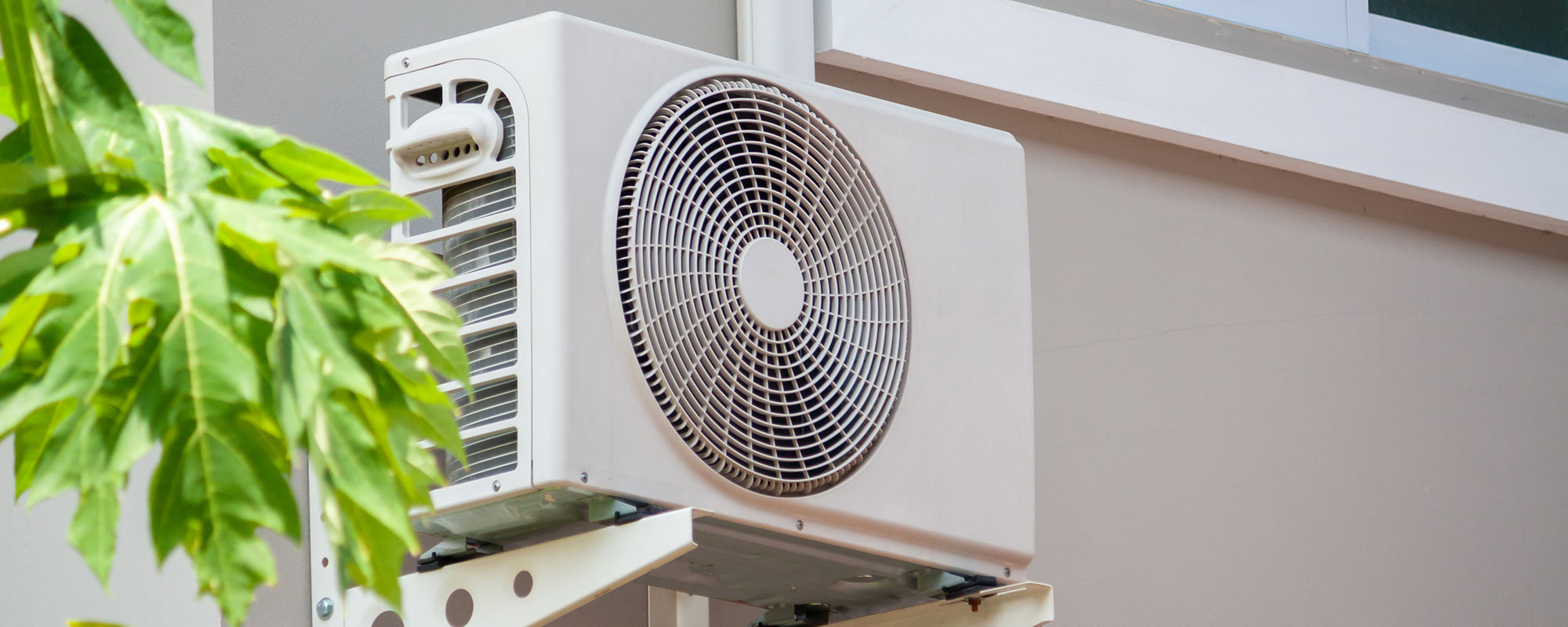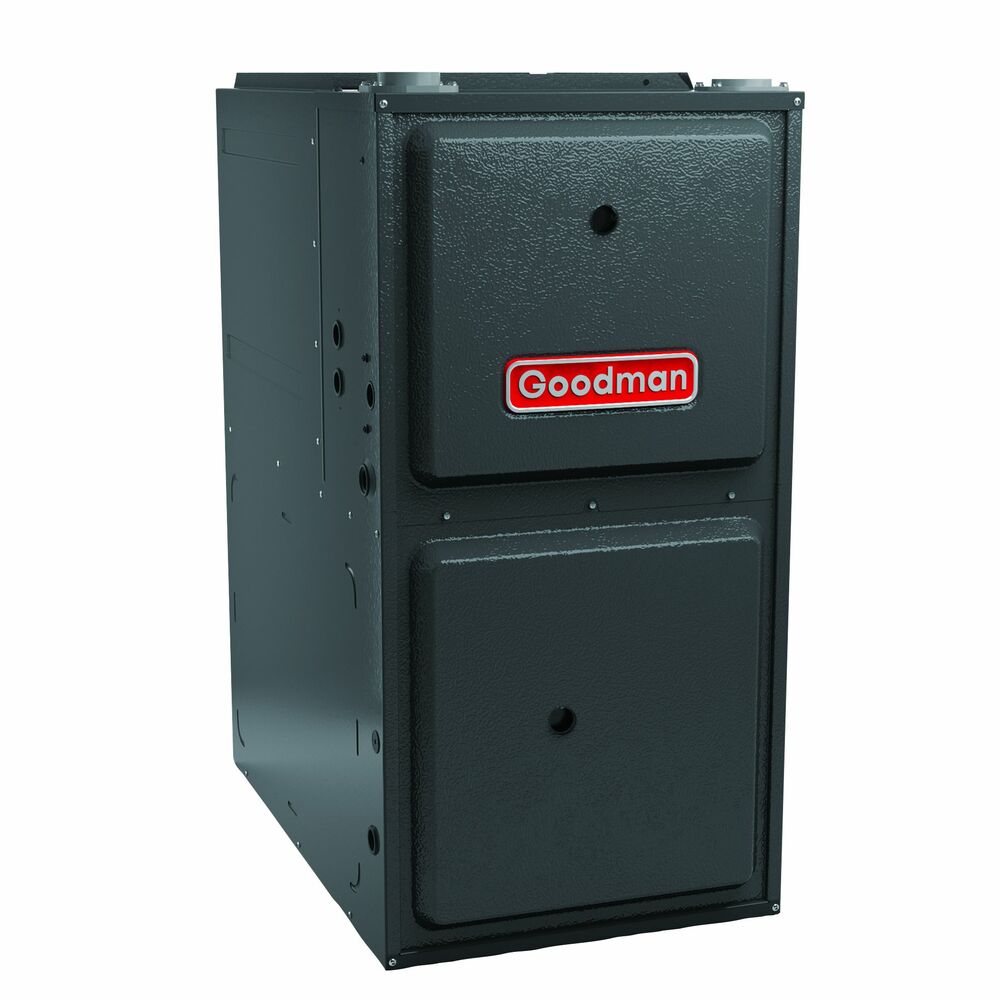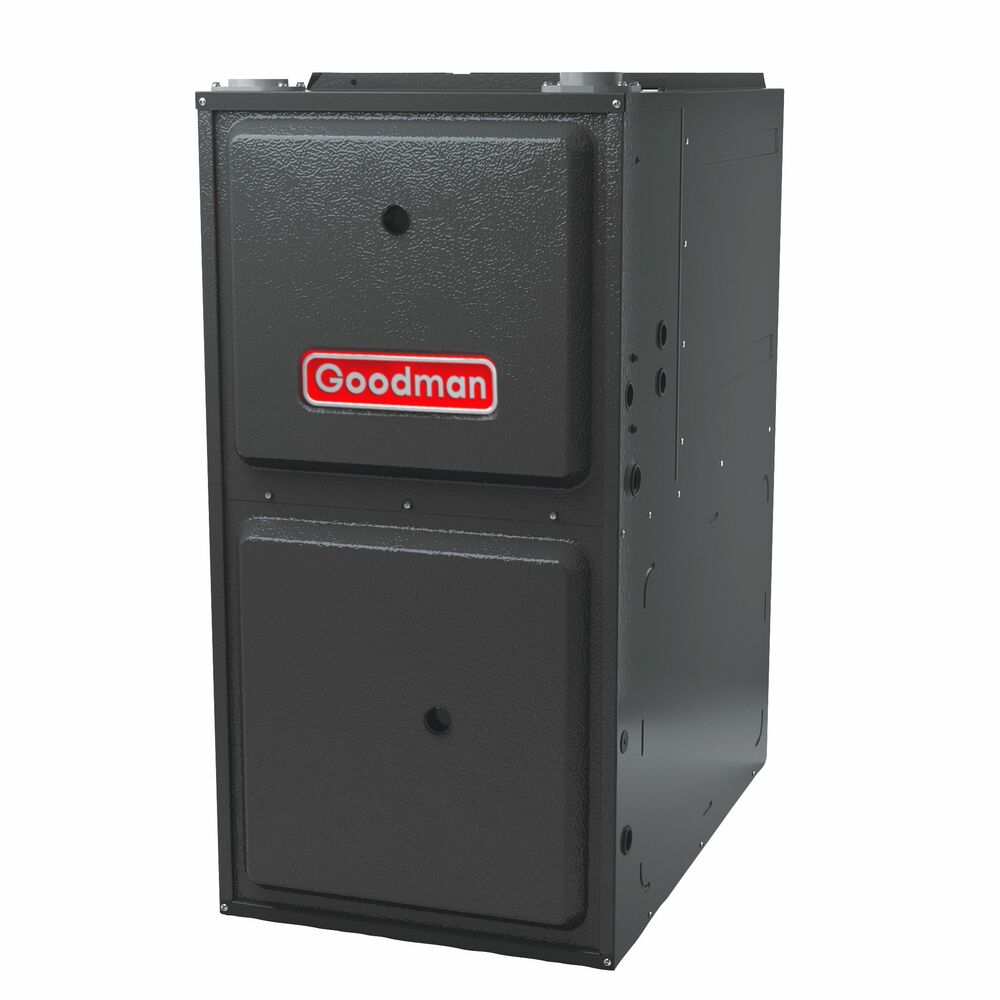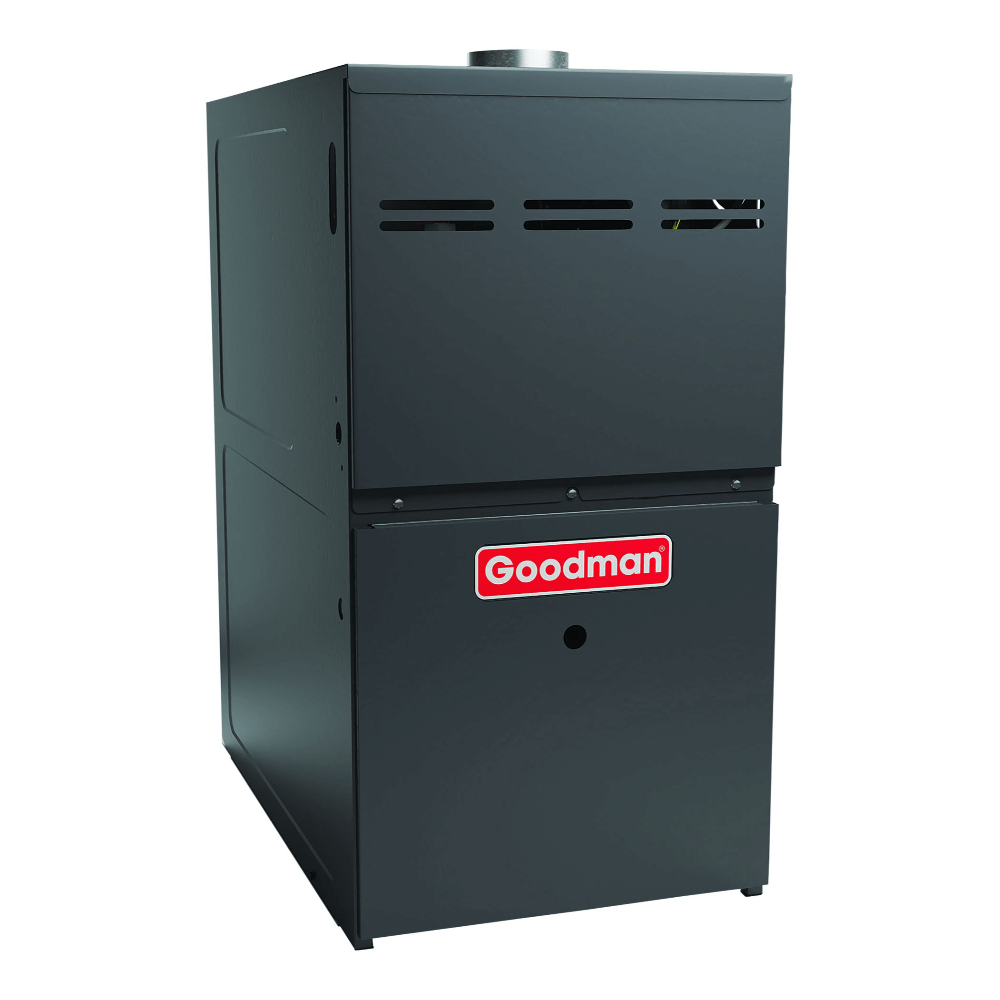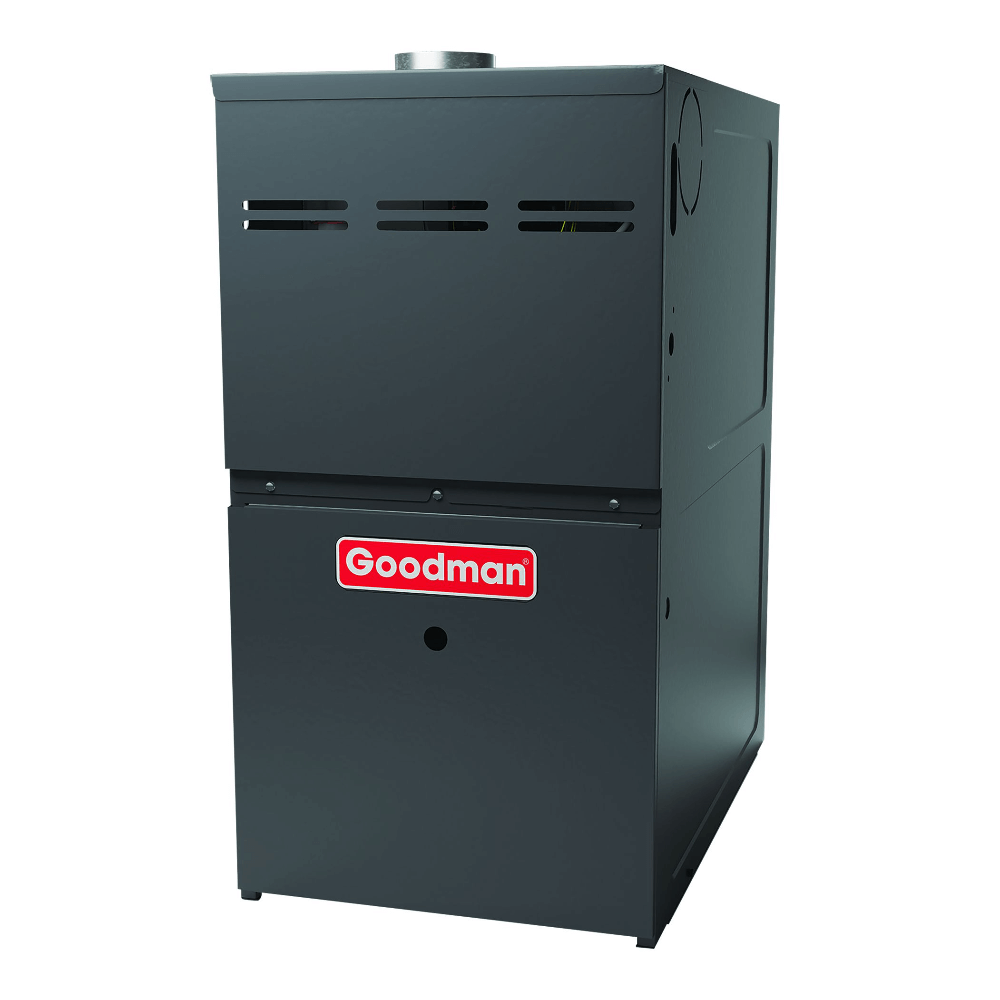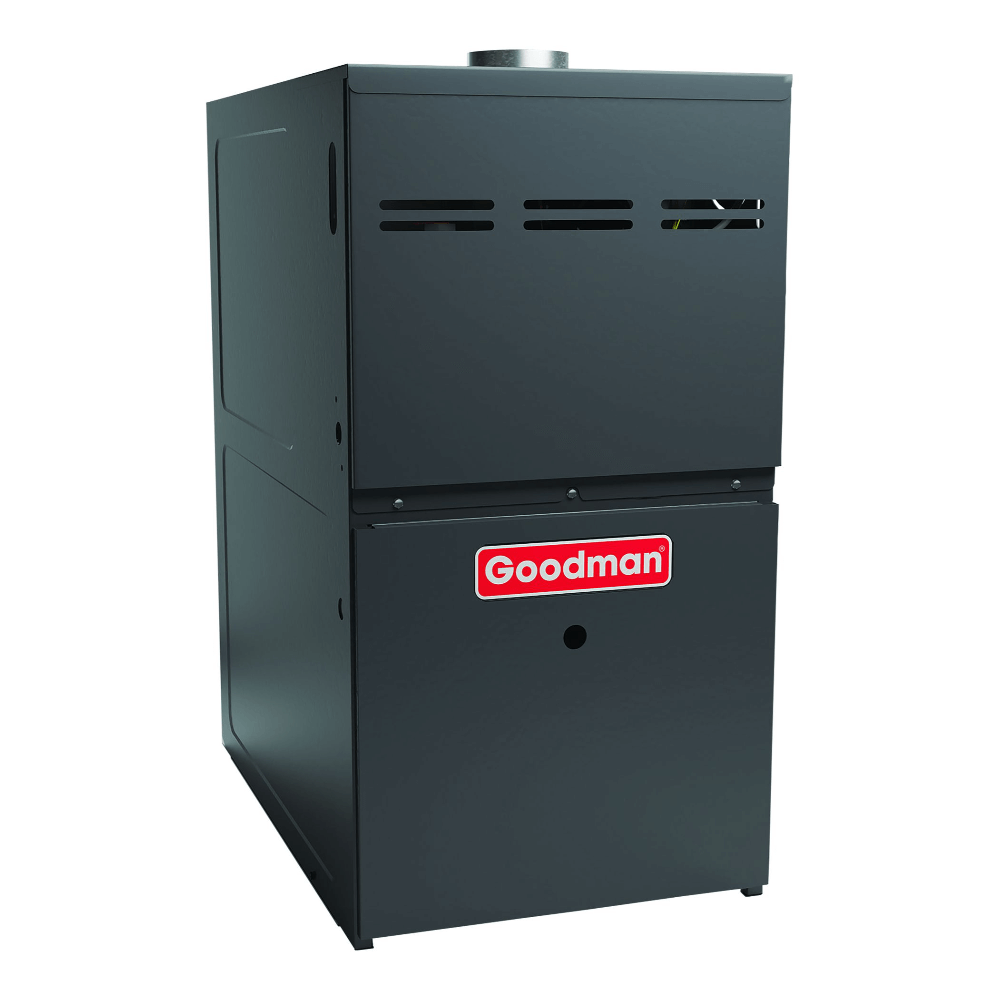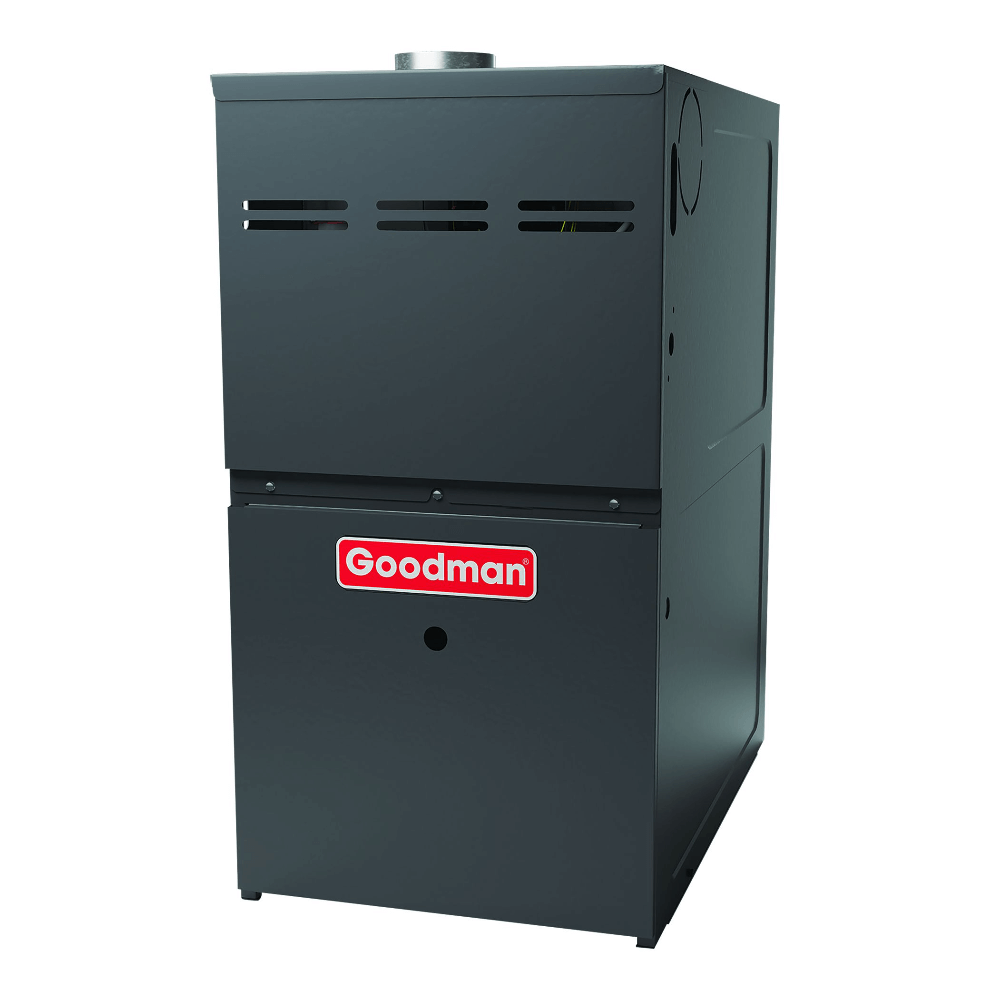Are you in the market for an air-source heat pump? Whether you are actively shopping for a heat pump system or conducting initial research, there are some things you should know about air-source heat pumps.
Heat pumps are not simply heating systems; they also cool houses. Heat pumps can perform both functions because they use heat transference, making them more akin to air conditioners than heaters. In summer, heat pumps transfer indoor heat outside and outdoor heat inside in winter.
There are several types of heat pumps, including air-source, water-source, and ground-source heat pumps. Air-source heat pumps are the most prevalent type, with many available styles. Like all HVAC systems, air-source heat pumps have advantages, disadvantages, sizing requirements, varied options, and various cost factors to consider.
Table of Contents
What is an air source heat pump?
An air-source heat pump (ASHP) is an energy-efficient, electric heating and cooling system that absorbs and transfers the air’s heat. Air-source heat pumps are so efficient that they output up to three times as much thermal energy as they consume.

Upgrade Your Heating with Our Heat Pumps: Click to Explore!
How does an air source heat pump work?
If you’re familiar with how an air conditioner works, you’ll quickly grasp how a heat pump works. Both units use refrigerants to absorb heat from indoor air and transfer it outside. Heat pumps can also reverse operations to absorb heat from the outdoor air and transfer it inside.
In cooling mode, the cold refrigerant absorbs heat from the home’s air as the air blows across the indoor coil. Then, the refrigerant cycles through the refrigerant lines to the outdoor coil and releases the heat into the environment. Heat pumps in cold climates provide heating by reversing the process. The cold refrigerant in the outdoor coil absorbs heat from the environment, flows to the indoor coil, and releases heat into the home’s air.
Types of Air-Source Heat Pumps
Several types of air-source heat pumps are available today, making heat pump installation an option for virtually any household. A centralized heat pump system can replace a traditional furnace and air conditioner set up and tap into the home’s existing ductwork. The existing furnace can even be retained for backup heating. A separate ducted heat pump style with no indoor components might be preferable in homes with space constraints. Ductless heat pump units are ideal for homes without ductwork and can be arranged to serve one area of the house or multiple rooms. These ductless models are also fit for commercial and multi-family residences.
Benefits of Air Source Heat Pumps
The substantial benefits of air-source heat pumps are leading more homeowners to convert to them and federal and state governments to encourage the switch.
Air-source heat pumps are more energy efficient.
Heat pumps can be up to 300% efficient. In contrast, high-efficiency gas furnaces are no more than 98% efficient. Heat pumps attain high efficiencies due to how they operate, transferring heat rather than generating it.
They provide heating and air conditioning in a single unit.
A heat pump system can replace a home’s air conditioner and furnace. Heat pumps transfer heat in two ways, outdoors and indoors, so they can be used for heating and cooling. Heat pump systems often include auxiliary heat systems that run when the heat pump’s efficiency declines in cold weather.
ASHPs reduce carbon emissions.
Traditional furnaces generate heat from burning fuel, releasing carbon dioxide into the atmosphere. Greenhouse gases like carbon dioxide absorb the sun’s radiation, retain global heat, and increase the earth’s temperature. Replacing a gas furnace with an electric heat pump reduces emissions and creates a smaller carbon footprint.
Heat pumps are modular and adaptable.
Various heat pump models are available to suit any home’s HVAC setup. Split-system heat pumps easily integrate with ducted and short-run ducted systems. Existing furnaces can be tied in for additional heat. Mini-split systems can accommodate homes without ductwork and serve a single room or an entire house.
Disadvantages of Air Source Heat Pumps
Though air-source heat pumps have significant benefits, they have drawbacks that lead some homeowners to stick with traditional heating and cooling methods.
They cost more upfront than traditional HVAC technologies.
Heat pump systems have higher price tags and installation costs than furnaces and air conditioners. The system type, layout, brand, and the time of year impact upfront costs. Converting to a heat pump is only a money-wise decision if your furnace and air conditioner need replacing.
ASHPs have a shorter lifespan.
Air conditioners and furnaces have longer lifespans than heat pumps. How long do heat pumps last? ASHPs last about 15 years, possibly longer, if well-maintained.
Air-source heat pumps rely on electricity.
Although electric heat pumps are energy efficient, your electric bills will increase. Homeowners in areas with high electricity rates might prefer HVAC systems that use cheaper energy sources. Furthermore, electric heat pumps are susceptible to power outages and brownouts. On the other hand, air conditioners and furnaces with electronic igniters won’t work during power outages either.

Upgrade Your Heating with Our Heat Pumps: Click to Explore!
How do you size an air source heat pump?
Appropriately sizing your heat pump is essential. Undersized heat pumps overwork, receive more wear and tear, and struggle to maintain indoor temperatures. Oversized heat pumps are excessively powerful, turn on and off frequently, and create uneven temperatures. Homeowners can perform rough calculations to estimate heat pump size, but contractors’ Manual J calculations are superior.
Heat pump sizes are measured in tons and BTUs. One ton equals 12,000 BTUs. BTU stands for British thermal units. A home’s square footage is the most crucial factor in estimating how much heating and cooling capacity it requires. There is a bevy of suggestions for using square footage to calculate size:
-
1 ton per 500 to 600 square feet
-
1 ton per 750 square feet
-
22 to 30 BTUs per square foot in climate zones 1, 2, & 7
-
20 to 24 BTUs per square foot in climate zones 3 & 6
-
16 to 22 BTUs per square foot in climate zone 4 & 5
Rough calculations are suitable for estimating heat pump size, but on-site sizing by a heat pump professional produces the most accurate results.
Professionals generally rely on Manual J load calculations to size HVAC equipment. Using computer software for thorough and reliable estimates, contractors consider square footage, layout, windows, insulation, air leakage, climate, ductwork (if applicable), number of occupants, heat-generating appliances, preferred temperature, and other variables.
In addition to heat pump size, consider these other important factors when comparing heat pumps:
-
Energy Efficiency Ratings: Higher SEER (seasonal energy efficiency ratio) and HSPF (heating seasonal performance factor) ratings represent greater efficiency.
-
Blower Motor Type: Fixed-speed motors are standard. Multi-speed and variable-speed motors provide increased comfort.
-
Compressor Type: Single-stage compressors are standard. Two-stage compressors have two speeds, making them more efficient.
What does an air source heat pump cost?
The total costs for installing an air-source heat pump average between $5,000 and $20,000. Split-system heat pump units cost between $2,000 and $8,000, and mini-split units cost between $900 and $5,000.
The significant variance in heat pump installation costs results from various factors.
Size and capacity
Larger, more powerful heat pumps are more expensive than smaller, weaker ones. Large homes require bigger heat pumps to heat and cool them adequately.
Type
The different types of heat pumps have different price points. Mini-split systems are generally cheaper than split-system heat pumps. On the other hand, mini-split systems with multiple wall units and additional condensers can be pricier than split systems.
Efficiency rating
Heat pumps with SEER ratings above 18 and HSPF ratings above nine are considered high-efficiency units. They have higher upfront costs, but they yield lower energy bills. High-efficiency heat pumps are long-term investments.
Permits
Heat pump installation typically requires permits. Permit fees vary by location, so contact your local government or ask your HVAC installer in advance.
Duct installation
Duct installation adds $1,000 and $5,000 to the initial costs, depending on the project’s scope. Ductless mini-split installation might be a more affordable option.
Federal tax credits and state rebates
You might be able to recoup some of the installation costs through local and federal tax credits and rebates. Some local utility companies offer incentives for installing ENERGY STAR-qualified heat pumps. Check with your utility provider or search ENERGY STAR’S rebate finder. The federal government provides tax credits and rebates up to $14,000 through the Inflation Reduction Act’s HEEHRA program for new heat pump installation.
Conclusion
Air-source heat pumps are heating and cooling systems that transfer heat with refrigerants between indoor and outdoor air. Split-system, mini-split, and package heat pump styles offer a range of possibilities for ducted and ductless homes.
Besides adaptability, heat pump owners enjoy the benefits of energy efficiency, dual capabilities, and reduced carbon emissions. Remember that heat pumps have shorter lifespans, rely on electricity, and typically cost more than other HVAC systems.
Heat pump size is just one of the many factors influencing cost, but proper sizing is essential. Consider efficiency ratings, blower motor types, compressor types, permits, duct installation costs, and federal and state incentives when estimating your total project expenditures.
Frequently Asked Questions
How loud is an air source heat pump?
Air-source heat pumps are as loud as central air conditioners, producing 40 to 60 decibels of noise. Heat pumps are louder when they work harder during the colder months.
Where are electric auxiliary heat strips normally located in air source heat pumps?
A heat pump’s electric auxiliary heat strips are located in the air handler.
Can an air source heat pump replace a gas boiler?
Yes, an air-source heat pump system can replace a gas boiler. You should keep the boiler for backup heating or install a cold-climate heat pump if your region regularly experiences frigid winters.
Can an air source heat pump heat water?
Yes, an air-source heat pump can provide water heating in addition to space heating and cooling.
Is an air source heat pump cheaper than gas?
Installing an electric air-source heat pump vs. a furnace can lower utility bills. Electricity rates are typically higher than natural gas prices, but electric heat pumps are more energy-efficient than gas furnaces and create more energy savings over time.

Upgrade Your Heating with Our Heat Pumps: Click to Explore!

